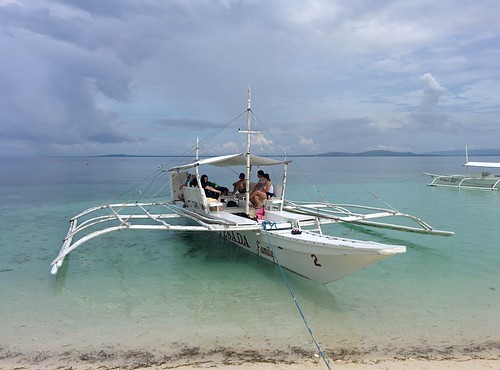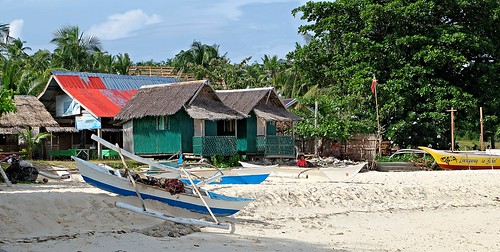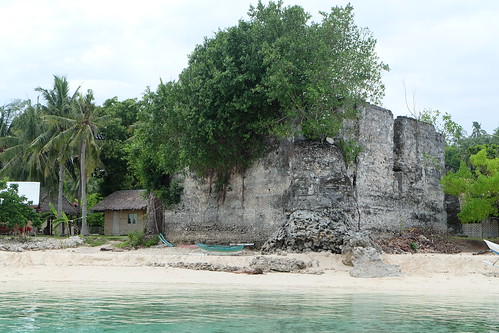#expeditioncruising #itsmorefuninthephilippines #diveplanit
The ability of local and indigenous peoples to work with tourism operators for their own and their environment’s benefits is an important part of sustainable tourism. Expedition cruising and eco-tourism in general is playing an important part in keeping this alive.
 |
| Local banca boat used for whale and dolphin watching tours (R Eime) |
On my recent visit to the
Philippines, our group took a day trip out on a local
banca boat, a traditional timber and bamboo outrigger vessel used by locals throughout the 7000-plus islands. These simple boats can trace their design history back more than a thousand years and have been progressively modernised from sails to engines. They range in size from basic 4m fishing canoes to large passenger ferries up to 50m.
 |
| Tiny banca boats and canoes on the beach at Pamilican (R Eime) |
Here on the tiny (1.75 km2) island of
Pamilacan, about 12km offshore from the larger resort island of
Bohol, we meet some of the families who exist on subsistence fishing supplemented by tourism. My guide tells me the population is around 1000 persons living in some 300 households.
The men provide labour to the many boat operators in the region as well as operating their own tiny fleet of
bancas for dolphin and whale watching tours. In days past, the islanders would hunt whales and manta rays whereas today they maintain a marine sanctuary and manage nearby dive sites like Cervera Shoal, known for sea snakes, eels and massive bucket sponges.
 |
| 18th century Spanish watchtower now looks over the village (R Eime) |
We come ashore in the shadow of a massive 200-something year old stone structure that dates back to the Spanish occupation which, I’m told, was part of a network of five similar watchtowers used by the colonial occupiers to warn against pirates who would raid from Mindanao just to the south.
While we stroll among the few tiny huts nearby, I enjoy feeding our breakfast fruit scraps to a cheery little goat who bleats for more mango skins while chickens and roosters peck around the bases of the coconut palms to which they are tied. A lame bird hobbles away from me and I’m told he is veteran cock-fighter now enjoying something of a retirement. Pigs are also kept.
 |
| A young future mariner and his friendly goat (R Eime) |
The ladies of the village offer massages to visitors both here and ashore on the beach in front of the resorts. A group of about a dozen men are net fishing a few metres from the beach.
This scene, no doubt, plays out in hundreds of similar locations throughout the Philippines and is an example of how modern eco-tourism can assist local populations, often existing on just a few dollars a day, to earn valuable funds when their traditional subsistence methods are interrupted by large scale fishing and other modern influences.
More:
 |
ExpeditionCruising.com travelled to the
Philippines as a guest of Dept. of Tourism |






No comments:
Post a Comment